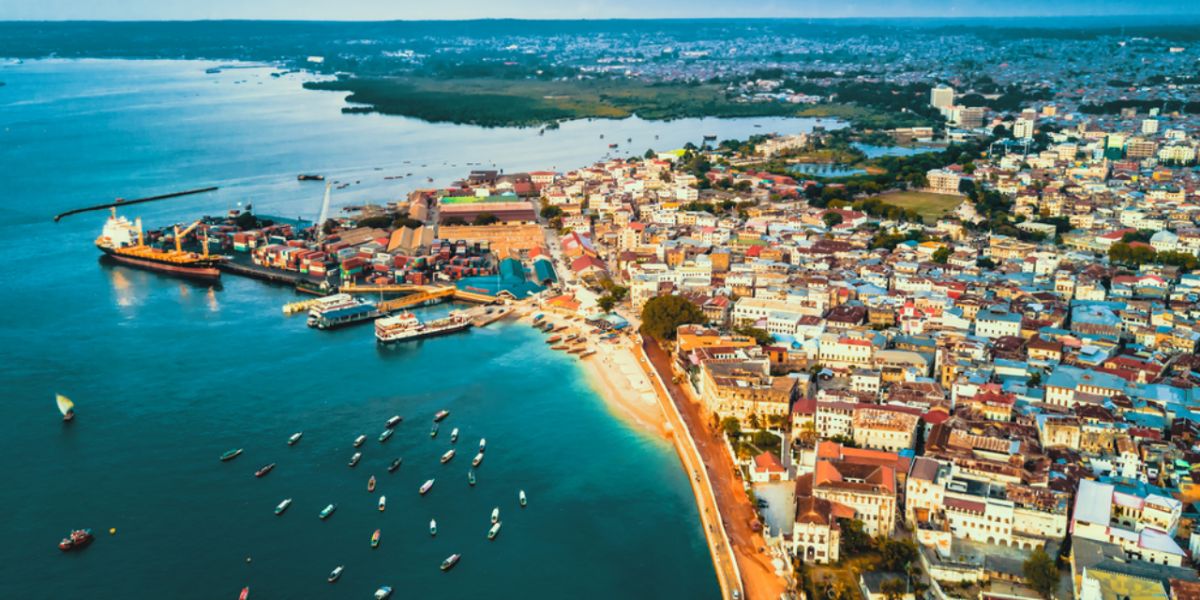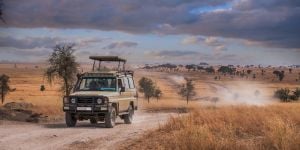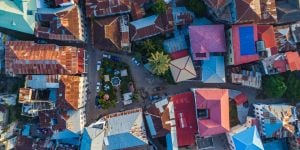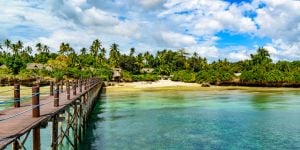
Wherever you go in the world, it is important to learn the history of the places, as this provides a critical context for your understanding of the location, people, and culture that you are presented with today. This article touches on various eras of Tanzania’s history, in chronological order from oldest to most recent, hopefully providing key insights for when you arrive in the country.
A quick note: Tanzania itself has only officially existed since 1964. Up until this period, this article will consider the histories of Tanganyika (the former name of the mainland) and Zanzibar, prior to their merging to form Tanzania.
Late 1800's - Early 1900's
From the 1880's to 1919, Tanganyika became a British mandate, whilst under the League of Nations. During World War II, the land served as a military outpost, providing monetary assistance, weapons and ammunition as well as soldiers.
Mount Kilimanjaro is the highest mountain in Africa - approximately 4,900m from its base, and 5,900m above sea level. The first people documented to have summited the mountain were Hans Meyer and Ludwig Purtscheller in 1889. Hans had already attempted in 1887, but he did not have the correct equipment critical to handle deep snow and ice and had to turn back.
In 1919, the population of Tanzania was estimated to be at around 3.5 million people, and this reached over 5 million by 1931, according to a census.
Mid 1900's - Late 1900's
In 1947 Tanganyika became a United Nations Trust Territory which was under British administration; this status was maintained until it got its independence in 1961. Whilst under British rule, a multitude of efforts were funnelled into local healthcare - of particular harm at this time was the Tsetse fly, which would infect people with sleeping sickness - and thus the mushrooming of hospitals around the land increased. The other two illnesses of concern were malaria and bilharziasis.
Zanzibar was settled as a trading hub and was controlled at first by the Portuguese, then the Sultanate of Oman, and then as a British protectorate. Lying on Africa's East coast, the country and its islands were easily accessible to both Arab traders and slave traders. In 1964 this mainland and the archipelago of Zanzibar merged to form the name and country Tanzania.
Did you know?
The late lead vocalist of the rock band Queen, Freddie Mercury (officially named Farrokh Bulsara), was born in Zanzibar's Stone Town, on 5 September 1946. He spent his early days here with his family before all moving to India and then England.
Mainland Tanzania accounts for over 99% of the combined territories' total area and administers itself as well as Mafia Island. Whilst Zanzibar and Pemba Islands have their own government administration. Dodoma has been the designated official capital of Tanzania since 1974, and it is centrally located on the mainland. However, the majority of government administration happens in the land's largest city, Dar es Salaam.
Independence leader Julius Nyere ruled the country for many decades and retired in 1985. Following this, a variety of political and economic reforms began. His successor was President Ali Hassan Mwinyi.
Useful links:
History of Tanzania
Tanzania's entry in Britannica
Tanzania gains independence
We do our best to provide accurate and up to date information. However, if you have noticed any inaccuracies in this article, please let us know in the comments section below.








